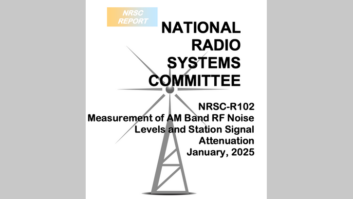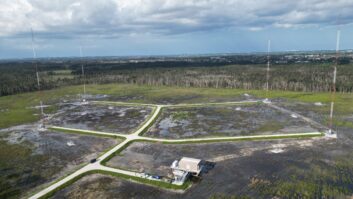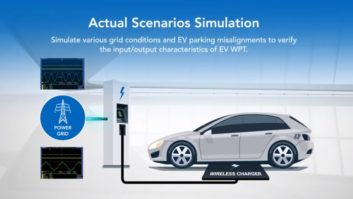The Public Radio Satellite System has an agreement with e-Radio Inc., an embedded control chip company that will utilize PRSS “to explore new technologies.”
The announcement involves “smart grid” concepts and said these new technologies “could revolutionize the way electricity is managed throughout the United States.” The release notes that much is still up in the air and demonstration and pilot projects are being devised.
As configured, the system is a one-way command and control conduit. It is capable of delivering messages and issuing commands to turn appliances off or on or change temperature settings, for instance — but not able to receive telemetry or messages from end receivers. By using the PRSS, utilities (or others) would be able to send RDS text messages and issue commands locally in an NPR station’s listening area to devices embedded with e-Radio’s receiver chips.
The release notes that stations’ FM radio program signals will not be affected.
Vice President of NPR Distribution Pete Loewenstein said recent enhancements to the PRSS help develop the broadcast capabilities of PRSS-interconnected stations and that the arrangement may help the environment too. Jackson Wang, president and CEO of e-Radio USA, said PRSS is an attractive delivery platform because its footprint reaches 95% of the United States.
PRSS is a distribution network managed by NPR Distribution. ERU’s Canadian parent and CBC/Radio Canada have a collaboration to test e-Radio technologies in Canada using the CBC’s FM radio network.
The National Association of Broadcasters in 2009 asked the FCC to permit the use of FM radio data system signals to enable smart grid applications.
As Radio World has reported, e-Radio works with makers of smart grid devices — thermostats, in-home displays, load controls and appliances — and has established pilot programs with utility companies. Utilities, energy retailers or government agencies can send alerts and commands to smart grid-enabled devices and consumer appliances that tell them to lower their energy consumption and operate more efficiently. Using FM subcarriers leased from radio stations, e-Radio transmits the notifications to the RDS home-based receivers across a municipality or utility service area.
The system has been tested by individual radio stations as well.
E-Radio Sets Its Power Grid Control Eyes on U.S. (Jan. 2010)







